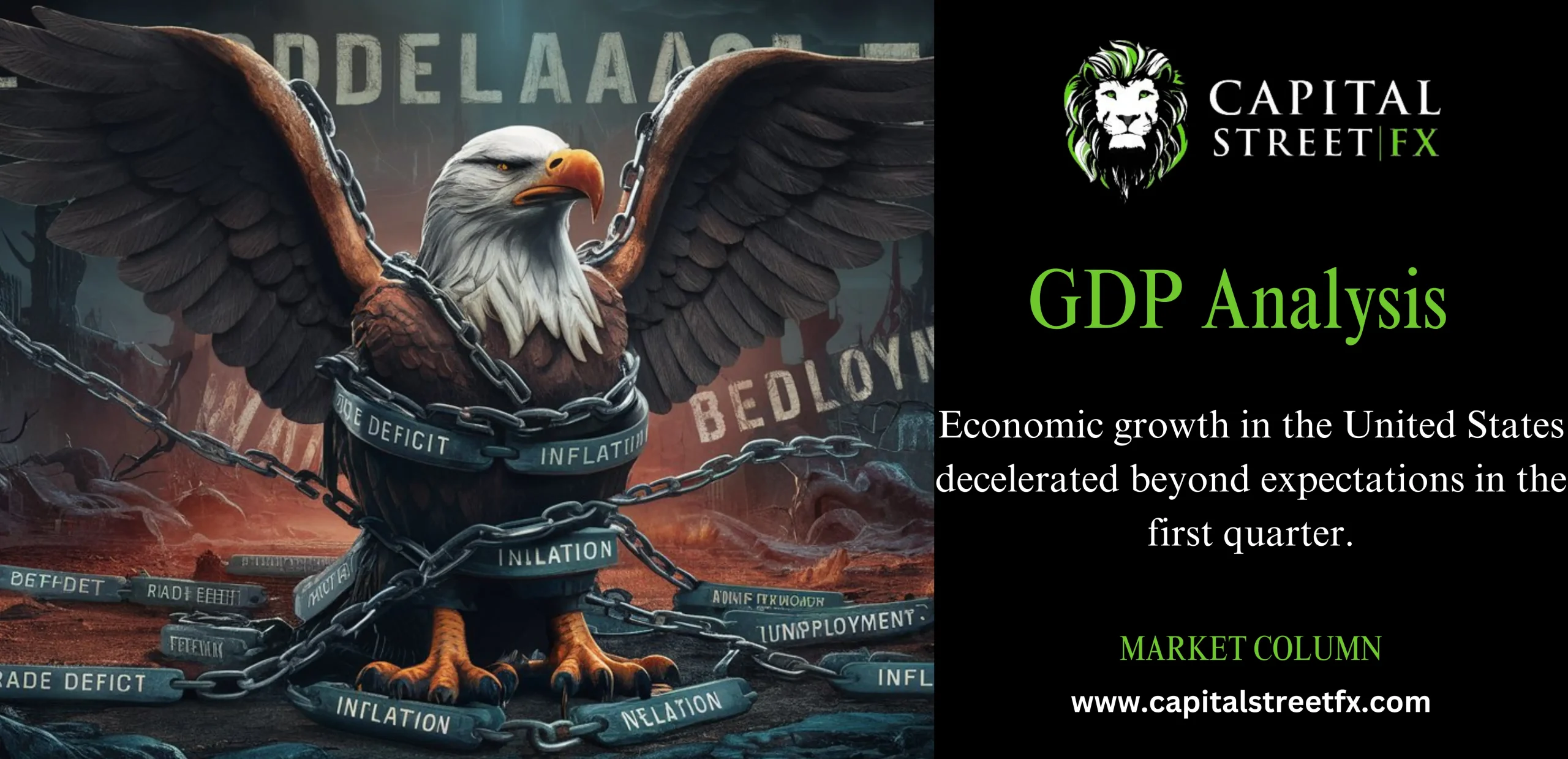Economic growth in the United States decelerated beyond expectations in the first quarter.
The pace of economic growth in the United States decreased more than anticipated during the first quarter. However, a rise in inflation hinted that the Federal Reserve would refrain from reducing interest rates until September.
The Commerce Department’s Bureau of Economic Analysis reported that gross domestic product (GDP) expanded at a 1.6% annualized rate in the last quarter, according to its advance estimate of first-quarter GDP on Thursday. Consumer spending played a significant role in supporting this growth.
According to economists surveyed by Reuters, GDP was expected to increase at a rate of 2.4%, with projections ranging from 1.0% to 3.1%. In the fourth quarter, the economy expanded at a 3.4% rate. This growth exceeds the non-inflationary growth rate of 1.8% as perceived by U.S. central bank officials.
Last week, the International Monetary Fund raised its projection for U.S. growth in 2024 to 2.7% from the previously anticipated 2.1% in January. This upgrade was attributed to robust employment and consumer spending that surpassed expectations. Job additions averaged 276,000 per month in the first quarter, compared to the previous quarter’s average of 212,000.
Since late 2022, the economy has exceeded predictions of decline despite the Federal Reserve’s rigorous campaign to raise interest rates to combat inflation. The United States is surpassing other advanced economies. Economists note that consumers secured lower mortgage rates, and businesses refinanced debt before the tightening cycle commenced.

